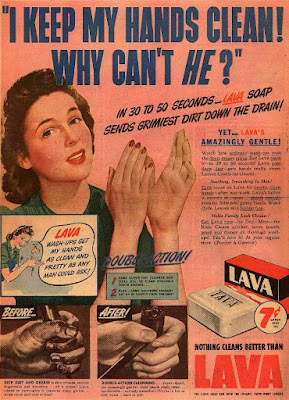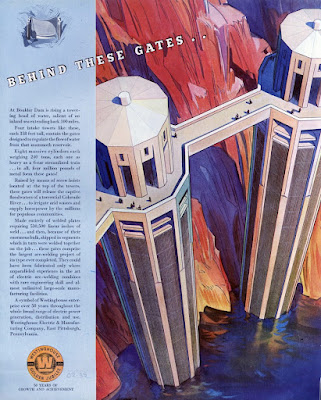Absorbine Jr. has been used for over 120 years to provide relief from aches, pains, arthritis, sore muscles, and athlete’s foot.
The brand was developed in 1903 by Wilbur Fenelon Young, inspired by the success of his original horse liniment, Absorbine Veterinary Liniment. He and his wife, Mary Ida, had created it in 1892 to treat horses' muscle pain and stiffness. The product gained popularity among farmers who began using it on themselves for aches and pains. The Youngs' son, Junior, played a role in the development of the human version, leading to the product being named, hence, Absorbine Jr.
The product was marketed as an external analgesic and antiseptic, and its use expanded to treat conditions like "athlete’s foot," a term credited to the W.F. Young, Inc. company in the 1940s. After divesting its human healthcare division in 2013, DSE Healthcare absorbed the Absorbine Jr. brand. With the transition, W.F. Young, Inc. focused on producing Absorbine for equine use and expanded into pet care in 2015. The company continues to be owned and managed by the fourth and fifth generations of the Young family.






























